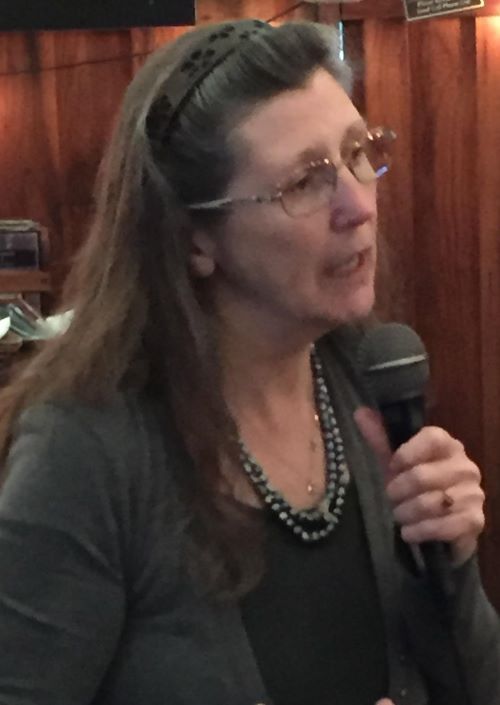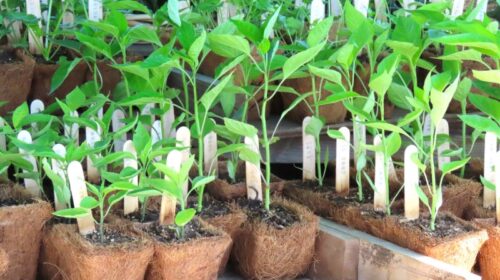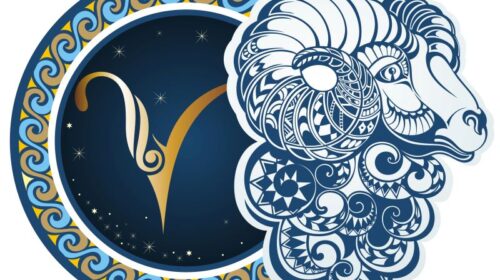China Grade and the Chinese in Boulder Creek | Local History
by Lisa Robinson
Between 1884 and 1885, Winfield Scott Rodgers, brother of Charles Campbell Rodgers who founded the Mountain Echo Newspaper, built a road from his timber claim on the headwaters of Boulder Creek, to the county road at the “Sequoia settlement.” Initially about two and a half miles long and costing $1,500, Rodgers built the road with “three hired assistants.” This road was Rodgers’ Grade.
Another private road in the same section was China Grade, named for the Chinese laborers who built it. It began at Bull Springs (also Bull’s Spring) on C. C. Rodgers’ homestead. In 1887, both grades were surveyed as part of a project to build a road from Boulder Creek to Pescadero, about 37 miles long, that would include them both. Although the name China Grade has prevailed, some earlier maps do refer to the road as the Boulder Creek and Pescadero Road.
During the mid-1880s, when these roads were constructed, the Chinese laborers must have endured a toxic environment as the anti-Chinese movement in the area was very strong. At an anti-Chinese meeting in Felton, held on November 25, 1885, Henry Baxter of Lorenzo stated that at present there were only six “Chinamen” employed in the vicinity of Boulder Creek and that they “intended to get rid of them.” Baxter is described as making an impassioned speech exhorting the people to “boycott the Chinese and all who patronized them” and by 1886 there were none remaining in the upper San Lorenzo Valley.
However, by 1900, the Chinese population in the Valley rebounded again, though this time occupational opportunities seemed to be limited to cooks, dishwashers, and laundrymen, and all were men. Only three of the 29 individuals had jobs other than service positions; they were woodsmen.
In 1901, forty local businessmen and women enjoyed a wonderful banquet in celebration of the Chinese New Year.
The first day of the Chinese New Year falls each year on the new moon between January 21 and February 20, so sometimes a Chinese year has twelve months, sometimes thirteen. In 2023, the Chinese New Year will begin on January 22 and will be the year of the rabbit.
The 1901 banquet was given by the “Coon Hing Hong Society” of Boulder Creek in their quarters which were located in “Old Steve’s Corner.”

The Chinese hosts were all professional cooks – “the very best in town.” In fact, of the then 26 local Chinese working in the service industry 19 were employed as cooks.
The menu comprised “roast chicken a la Mandarin, breast of chicken a la Chinese, stewed abalone, stewed mushrooms, desiccated fish fricasseed, bread and butter, preserved betel nut (or areca nut), oranges, mince pie, coffee, claret, and cider.”
Old Steve’s Corner, was located on Highway 9 across from West Park Avenue. The building had been erected in 1877 as the very first store in the fledgling village of Boulder. It then became a saloon with a Chinese laundry occupying what had been the adjacent residence. The building was destroyed by fire in November 1930 and the site was purchased by Cyril Evans of Los Angeles to become Evans Rest Resort.
In September, the Museum’s Belardi Gallery will host the exhibition Chinese Pioneers: Power and Politics in Exclusion Era Photographs. The San Lorenzo Valley Museum is one of just five institutions in California that is being sponsored by Exhibit Envoy through the Henry Mayo Newhall Foundation to host this visual history of the social, political, and judicial disenfranchisement of Chinese Californians — as well as moments of Chinese agency and resilience — in the decades before and after the 1882 Chinese Exclusion Act. The exhibition is drawn exclusively from the California Historical Society’s collection.

Lisa Robinson is the Collections and Exhibitions Curator at the San Lorenzo Valley Museum. She writes about the street names in the San Lorenzo Valley and explores the history hidden in their names.
Featured photo of a Chinese laborer in the Santa Cruz Mountains courtesy of UC Berkeley, Bancroft Library




